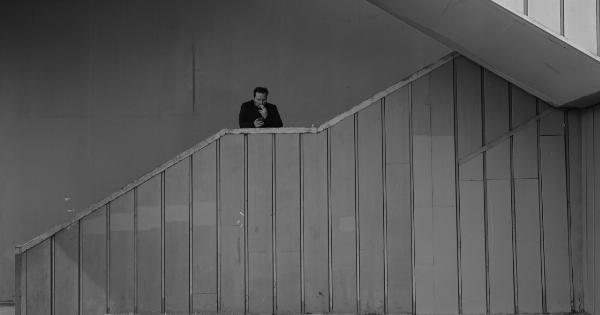In our society, there are certain male archetypes that we often find ourselves disliking or even loathing. These archetypes represent certain behaviors and attitudes that can be destructive and harmful.
However, instead of simply condemning these archetypes, it is important to understand why they emerge and how we can help these individuals find a better path. By recognizing their struggles and providing support, we can contribute to their personal growth and the betterment of society as a whole.
In this article, we will explore five male archetypes that are often despised and discuss ways to guide them towards a more positive direction.
The Alpha Male
The Alpha Male archetype is characterized by dominance, aggression, and a need to assert authority over others. While confidence is an admirable trait, the Alpha Male often takes it to an extreme, leaving others feeling inferior and disrespected.
To help the Alpha Male find their way, we must encourage them to cultivate empathy and emotional intelligence. By teaching them to understand the impact of their actions on others, they can learn to shift their focus from domination to collaboration, becoming strong leaders who empower and uplift those around them.
The Player
The Player archetype is notorious for their promiscuity and lack of commitment. This archetype often objectifies others, causing pain and heartbreak in their wake.
To help the Player find their way, we need to foster a sense of empathy and compassion within them. Encouraging them to reflect on the emotional consequences of their actions can lead to a deeper understanding of the value of genuine connections.
By promoting healthy relationships built on trust and respect, the Player can transform into someone who values intimacy and cherishes meaningful connections.
The Workaholic
The Workaholic archetype is characterized by an obsession with work and a neglect for personal relationships.
While ambition is commendable, the Workaholic often sacrifices their own well-being and neglects the important aspects of life such as family and leisure. To guide the Workaholic towards a better path, we must encourage work-life balance and help them develop healthier coping mechanisms.
By teaching them the importance of self-care, they can realize that a fulfilling life extends beyond professional achievements, leading to greater overall happiness and satisfaction.
The Silent Stoic
The Silent Stoic archetype is known for their emotional detachment and reluctance to express vulnerability.
While self-reliance is admirable, the Silent Stoic often shuts themselves off from meaningful connections and struggles to form deep, meaningful relationships. To help the Silent Stoic find their way, we must create a safe and supportive environment where they feel comfortable expressing their emotions.
Encouraging open communication and providing resources for emotional development will enable them to connect with others on a deeper level, fostering healthier and more fulfilling relationships.
The Angry Outcast
The Angry Outcast archetype is marked by their anger and resentment towards society. Often feeling misunderstood, they may resort to destructive behaviors or isolation.
To guide the Angry Outcast towards a more positive path, we must address the root causes of their anger and help them heal from past wounds. By providing counseling and therapy, we can assist them in developing healthier coping mechanisms and rebuilding their trust in others.
By fostering a sense of belonging and community, we can empower the Angry Outcast to channel their anger into constructive actions that promote positive change.
Conclusion
It is crucial that we do not simply dismiss or despise these male archetypes, as they are products of societal and personal factors that can be addressed and transformed.
By recognizing their struggles, cultivating empathy, and offering support, we can help these individuals find their way towards personal growth and the realization of healthier, more fulfilling lives. The collective effort in guiding these archetypes towards positive transformation not only benefits them as individuals but also contributes to the creation of a more compassionate and inclusive society for all.





























